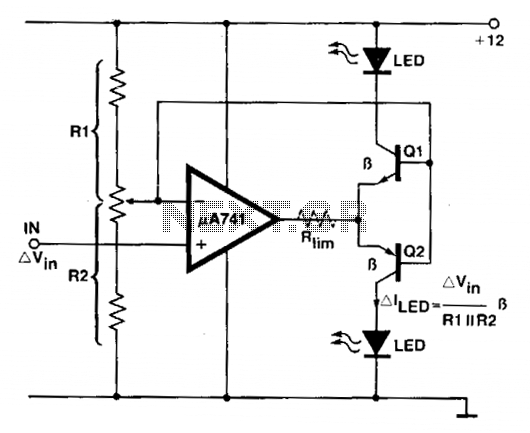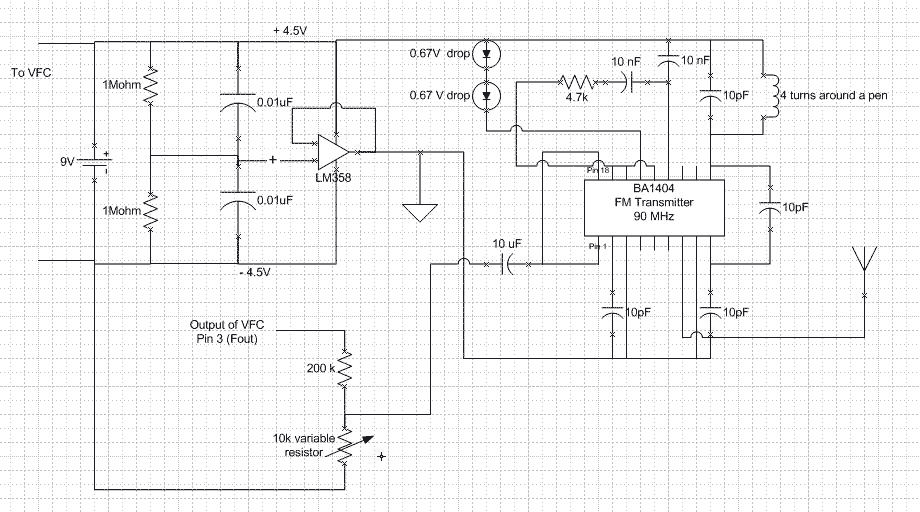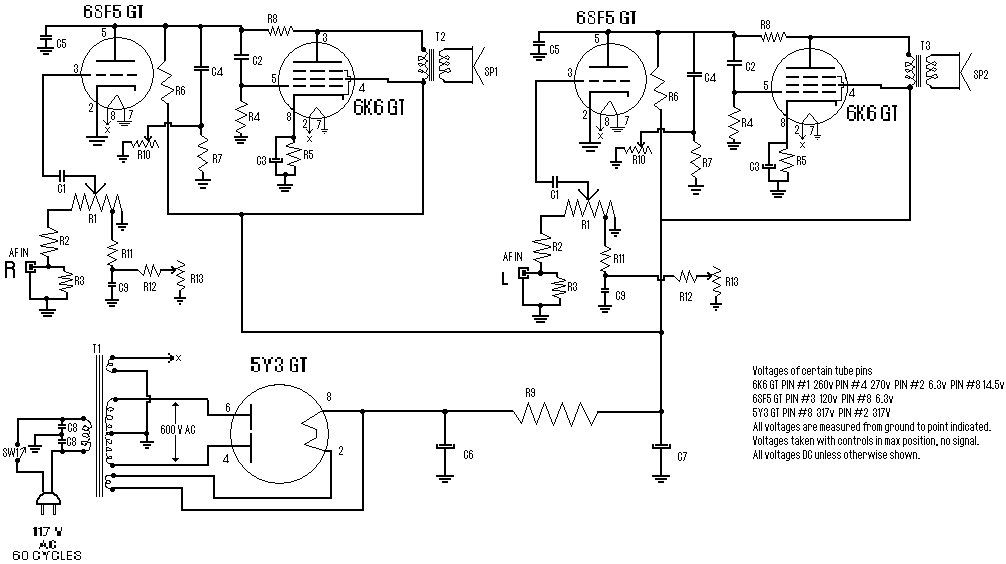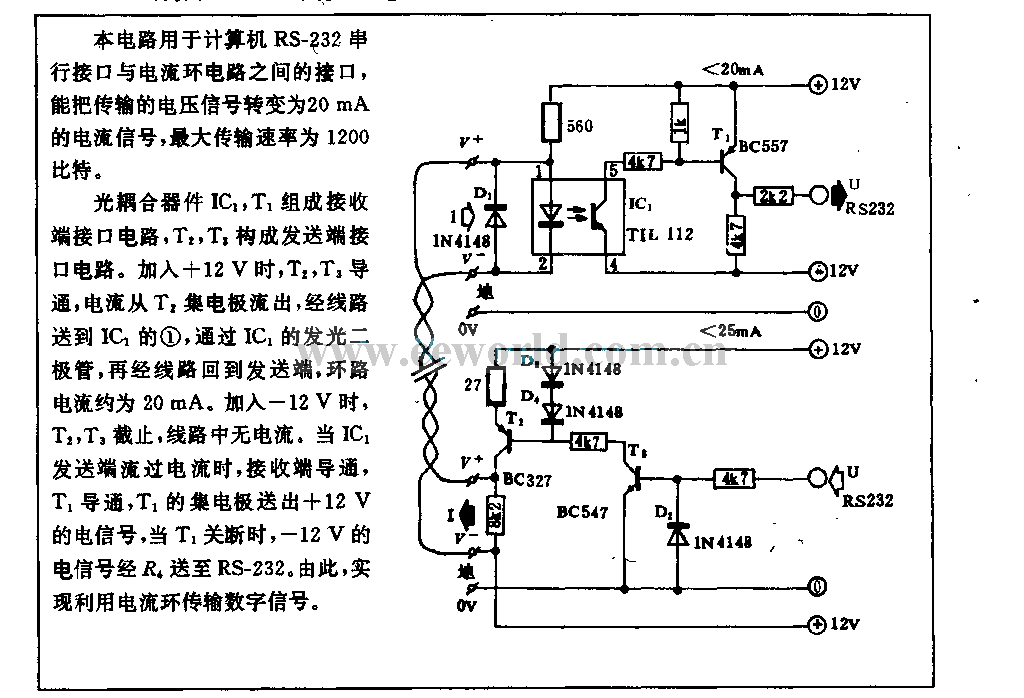
charge monitor for 12V car battery circuit diagram

A battery is a crucial component of any battery-backed system. Often, the battery is more costly than the system it supports. Therefore, it is essential to implement all practical measures to extend battery life. According to manufacturer data sheets, a 12V rechargeable lead-acid battery should operate within 10.4V and 13.8V. Charging the battery above 13.8V is considered overcharging, while discharging below 10.4V can lead to deep discharge. A single instance of overcharging or deep discharging can reduce the battery's charge-holding capacity by 15 to 20 percent. Continuous monitoring of battery charge levels is necessary; however, many users lack access to reasonably priced monitoring equipment. The circuit presented here addresses this need by providing a continuous monitoring solution for lead-acid batteries. The circuit features an input from the battery under test connected to an LM3914 integrated circuit (IC). The voltage applied is ranked between 0 and 10 based on its magnitude, with the lower reference voltage of 10.4V ranked as '0' and the upper voltage of 13.8V ranked as '10'. Outputs 9 and 10 are logically ORed in this circuit. The LM3914's output is converted into its binary-coded decimal (BCD) complement by a 74LS147 decimal-to-BCD priority encoder. The true BCD is obtained using a hex inverter (74LS04). This BCD output is then displayed as a decimal digit after conversion with a 74LS247 BCD-to-seven-segment decoder/driver. The seven-segment LED display (LTS-542) is chosen for its readability compared to a bar graph or analog meter, allowing quick assessment of the battery's charge status. For example, a display reading of '4' indicates that the battery is charged to 40 percent of its maximum value of 13.8V. The digital design also enables the inclusion of a buzzer that activates during overcharging, deep discharge, or when battery conservation is required. The buzzer is wired to sound when the battery charge falls to 10 percent, prompting the user to turn off unnecessary loads and conserve remaining charge for more critical uses. Additionally, a combinational logic circuit can be designed to activate the buzzer when the display shows '9', indicating that further charging should cease to prevent overcharging. Calibration of the upper and lower reference levels requires a digital multimeter and a variable regulated power supply. To calibrate the lower reference voltage, follow specified steps, and similarly calibrate the upper reference voltage by setting the power supply to 13.8V and adjusting preset VR1 until the display reading changes from '8' to '9'.
The described circuit for monitoring lead-acid battery charge levels employs a systematic approach to ensure optimal battery health. The use of the LM3914 IC allows for a precise visual representation of the battery's voltage range, which is critical for maintaining the battery's operational limits. The integration of the 74LS147 encoder and 74LS04 inverter facilitates a seamless transition from analog voltage levels to a digital format, which is then interpreted by the 74LS247 decoder/driver to present a clear numerical output on the LTS-542 display.
The design incorporates protective features through the buzzer system, which acts as an alert mechanism for users, thereby preventing potential damage to the battery from overcharging or deep discharging. This proactive measure not only extends the life of the battery but also enhances the reliability of the entire system it supports. Calibration procedures outlined in the design ensure that the monitoring system operates accurately, providing users with confidence in the displayed readings. Overall, this circuit represents an effective solution for continuous battery monitoring, combining ease of use with essential protective features.A battery is a vital element of any battery-backed system. In many cases the battery is more expensive than the system it is backing up. Hence we need to adopt all practical measures to conserve battery life. As per manufacturer`s data sheets, a 12V rechargeable lead-acid battery should be operated within 10. IV and 13. 8V. When the battery charges higher than 13. 8V it is said to be overcharged, and when it discharges below 10. IV it can be deeply discharged. A single event of overcharge or deep discharge can bring down the charge-holding capacity of a battery by 15 to 20 per cent. It is therefore necessary for all concerned to monitor the charge level of their batteries continuously.
But, in practice, many of the battery users are unable to do so because of non-avail ability of reasonably-priced monitoring equipment. The circuit idea presented here will fill this void by providing a circuit for monitoring the charge level of lead-acid batteries continuously.
The circuit possesses two vital features: Input from the battery under test is applied to LM3914 1C. This applied voltage is ranked anywhere between 0 and 10, depending upon its magnitude. The lower reference voltage of 10. IV is ranked `0` and the upper voltage of 13. 8V is ranked as `10. ` (Outputs 9 and 10 are logically ORed in this circuit. ) This calibration of reference voltages is explained later. 1C 74LS147 is a decimal-to-BCD priority encoder which converts the output of LM3914 into its BCD complement. The true BCD is obtained by using the hex inverter 74LS04. This BCD output is displayed as a decimal digit after con version using IC5 (74LS247), which is a BCD-to-seven-segment decoder/driver.
The seven-segment LED display (LTS-542) is used because it is easy to read compared to a bar graph or, for that matter, an analogue meter. The charge status of the battery can be quickly calculated from the display. For instance, if the display shows 4, it means that the battery is charged to 40 per cent of its maximum value of 13.
8V. The use of digital principles enables us to employ a buzzer that sounds whenever there is an overcharge or deep discharge, or there is a need to conserve battery charge. A buzzer is wired in the circuit such that it sounds whenever battery-charge falls to ten per cent. At this point it is recommended that unnecessary load be switched off and the remaining charge be conserved for more important purposes.
Another simple combinational logic circuit can also be designed that will sound the buzzer when the display shows 9. Further charging should be stopped at this point in order to pre vent overcharge. For calibrating the upper and lower reference levels, a digital multimeter and a variable regulated power supply source are required.
For calibrating the lower reference voltage, follow the steps given below: The higher reference voltage is calibrated similarly by setting the power supply to 13. 8V and varying preset VR1 until reading on the display just changes from 8 to 9. Disclaimer: All the information present on this site are for personal use only. No commercial use is permitted without the prior permission from authors of this website. All content on this site is provided as is and without any guarantee on any kind, implied or otherwise.
We cannot be held responsible for any errors, omissions, or damages arising out of use of information available on this web site. The content in this site may contain COPYRIGHTED information and should not be reproduced in any way without prior permission from the authors.
🔗 External reference
The described circuit for monitoring lead-acid battery charge levels employs a systematic approach to ensure optimal battery health. The use of the LM3914 IC allows for a precise visual representation of the battery's voltage range, which is critical for maintaining the battery's operational limits. The integration of the 74LS147 encoder and 74LS04 inverter facilitates a seamless transition from analog voltage levels to a digital format, which is then interpreted by the 74LS247 decoder/driver to present a clear numerical output on the LTS-542 display.
The design incorporates protective features through the buzzer system, which acts as an alert mechanism for users, thereby preventing potential damage to the battery from overcharging or deep discharging. This proactive measure not only extends the life of the battery but also enhances the reliability of the entire system it supports. Calibration procedures outlined in the design ensure that the monitoring system operates accurately, providing users with confidence in the displayed readings. Overall, this circuit represents an effective solution for continuous battery monitoring, combining ease of use with essential protective features.A battery is a vital element of any battery-backed system. In many cases the battery is more expensive than the system it is backing up. Hence we need to adopt all practical measures to conserve battery life. As per manufacturer`s data sheets, a 12V rechargeable lead-acid battery should be operated within 10. IV and 13. 8V. When the battery charges higher than 13. 8V it is said to be overcharged, and when it discharges below 10. IV it can be deeply discharged. A single event of overcharge or deep discharge can bring down the charge-holding capacity of a battery by 15 to 20 per cent. It is therefore necessary for all concerned to monitor the charge level of their batteries continuously.
But, in practice, many of the battery users are unable to do so because of non-avail ability of reasonably-priced monitoring equipment. The circuit idea presented here will fill this void by providing a circuit for monitoring the charge level of lead-acid batteries continuously.
The circuit possesses two vital features: Input from the battery under test is applied to LM3914 1C. This applied voltage is ranked anywhere between 0 and 10, depending upon its magnitude. The lower reference voltage of 10. IV is ranked `0` and the upper voltage of 13. 8V is ranked as `10. ` (Outputs 9 and 10 are logically ORed in this circuit. ) This calibration of reference voltages is explained later. 1C 74LS147 is a decimal-to-BCD priority encoder which converts the output of LM3914 into its BCD complement. The true BCD is obtained by using the hex inverter 74LS04. This BCD output is displayed as a decimal digit after con version using IC5 (74LS247), which is a BCD-to-seven-segment decoder/driver.
The seven-segment LED display (LTS-542) is used because it is easy to read compared to a bar graph or, for that matter, an analogue meter. The charge status of the battery can be quickly calculated from the display. For instance, if the display shows 4, it means that the battery is charged to 40 per cent of its maximum value of 13.
8V. The use of digital principles enables us to employ a buzzer that sounds whenever there is an overcharge or deep discharge, or there is a need to conserve battery charge. A buzzer is wired in the circuit such that it sounds whenever battery-charge falls to ten per cent. At this point it is recommended that unnecessary load be switched off and the remaining charge be conserved for more important purposes.
Another simple combinational logic circuit can also be designed that will sound the buzzer when the display shows 9. Further charging should be stopped at this point in order to pre vent overcharge. For calibrating the upper and lower reference levels, a digital multimeter and a variable regulated power supply source are required.
For calibrating the lower reference voltage, follow the steps given below: The higher reference voltage is calibrated similarly by setting the power supply to 13. 8V and varying preset VR1 until reading on the display just changes from 8 to 9. Disclaimer: All the information present on this site are for personal use only. No commercial use is permitted without the prior permission from authors of this website. All content on this site is provided as is and without any guarantee on any kind, implied or otherwise.
We cannot be held responsible for any errors, omissions, or damages arising out of use of information available on this web site. The content in this site may contain COPYRIGHTED information and should not be reproduced in any way without prior permission from the authors.
🔗 External reference





